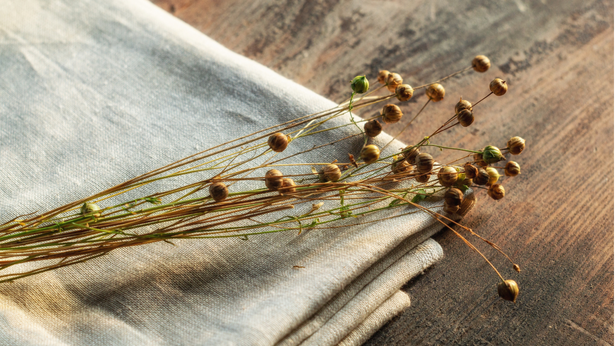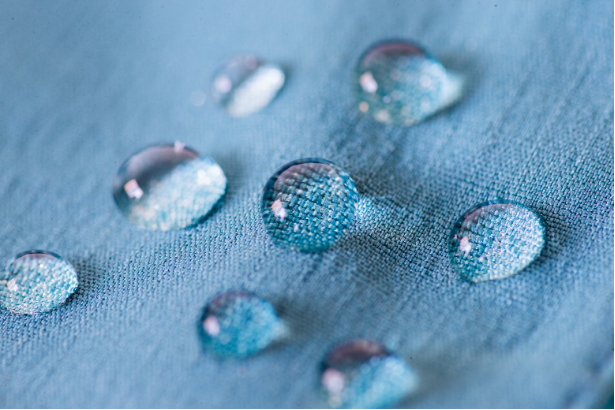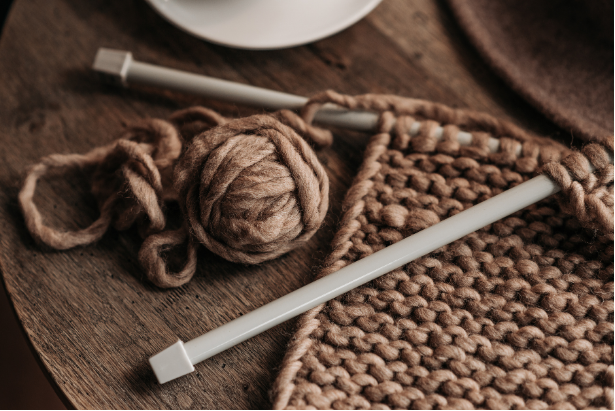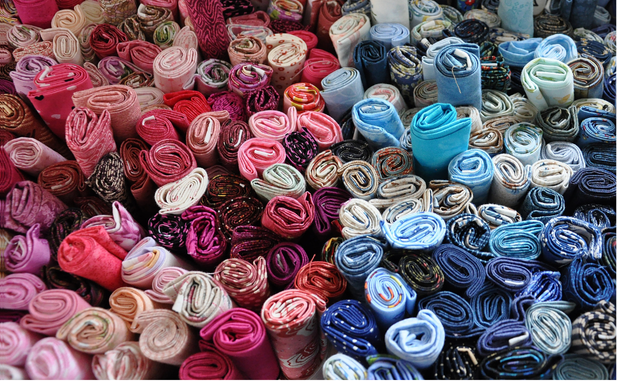When shopping for clothing or workwear, choosing from the many types of fabric on offer can feel a little overwhelming. In addition to the sheer quantity of textiles available, you also have to navigate a load of industry-specific terminology – some more self-explanatory than the rest.
So, what are all the clothing fabric types? And what are the benefits of each?
Well, we at Clothes2order know a thing or two about high-quality textiles, so we’ll walk you through the answers to both questions, as well as give you some specific garment recommendations for all the different categories and uses.
Contents
Cotton
Cotton is a natural fibre harvested from the seeds of the cotton plant, known for its softness, breathability, and comfort against the skin.

Cotton fabrics are a preferred choice for clothing such as custom polos, as they’re both adaptable and easy to blend with other fibres (which enhances performance characteristics such as strength and durability). Cotton is ideal for dyeing, being absorbent and exceptionally good at retaining vibrant colours, which adds to its appeal in the world of fashion.
Better yet, cotton fabrics offer eco-friendly benefits including biodegradability, renewable sourcing, and potential for organic cultivation, thereby reducing their environmental impact compared to synthetic alternatives. By choosing cotton, you can personally contribute to a more sustainable fashion industry that values environmental health and ethical production standards.
Overall, cotton’s combination of versatility and sustainability contributes to its enduring popularity in diverse applications.
Linen
Made from the fibres of the flax plant, linen is a textile valued for its breathability, durability, and natural elegance.

In addition to these qualities, linen fabrics also offer moisture-wicking properties and natural antimicrobial characteristics, making them an excellent choice for warm climates and sensitive skin.
In terms of its strength, linen’s fibres actually become softer and more supple over time, ensuring longevity and resilience. Its natural lustre and texture add a touch of elegance to clothing and home décor, while its eco-friendly cultivation, requiring less water and pesticides compared to other crops, contributes to its environmentally-friendly appeal.
Polyester
Polyester is a highly durable and versatile synthetic fibre, making it an excellent choice for clothing that needs to withstand frequent wear and washing. It is resistant to shrinking, stretching, and wrinkles, ensuring that garments maintain their shape and appearance over time.

The composition of polyester garments makes them ideal for activewear and outdoor clothing, being both quick-drying and moisture-wicking.
Polyester also has the added benefit of being easy to blend with other fibres, which further enhances the comfort and performance of the fabric.
Blends
Popular Blends
Blended fabrics are created by combining two or more different types of fibre. Some common types include:
- Polyester-cotton blend: Combines the durability and wrinkle resistance of polyester with the softness and breathability of cotton.
- Wool-polyester blend: Blends the warmth and moisture-wicking properties of wool with the strength and easy care of polyester.
- Cotton-linen blend: Combines the softness and comfort of cotton with the natural texture and elegance of linen.
- Silk-cotton blend: Blends the luxurious feel and sheen of silk with the breathability and durability of cotton.
- Acrylic-wool blend: Combines the warmth and softness of wool with the lightweight and easy care of acrylic.
- Rayon-polyester blend: Blends the smoothness and drape of rayon with the strength and wrinkle resistance of polyester.
These are just a few examples, as there are many other possible fabric combinations used in various textiles and garments – each with their own specific fusion of benefits.
Triblend
Triblend fabrics combine the best qualities of cotton, polyester, and rayon, resulting in a fabric that is exceptionally soft, durable, and comfortable. This blend offers the breathability and natural feel of cotton, the strength and wrinkle-resistance of polyester, and the luxurious drape and stretch of rayon.
Triblend t-shirts are also lightweight and maintain their shape well, making them ideal for both casual use and activewear. Aesthetically speaking, they provide a vintage, heathered look that is both stylish and versatile.

Wool
Wool is a natural fibre derived from the fleeces of sheep and other animals, such as goats (cashmere and mohair) rabbits (angora) and even camels. It is renowned for its exceptional warmth, moisture-wicking properties, and insulating abilities, making it ideal for clothing in colder climates.

Wool fibres are so notably warm because of their unique crimp structure, which traps air in a manner that simultaneously provides insulation while allowing the wearer’s skin to breathe, ensuring comfort in various weather conditions. This textile is also naturally resistant to wrinkles, odours, and fire, and its durability allows for long-lasting garments that maintain their shape and quality for years.

Silk
Silk, a sumptuous natural fibre cultivated from the cocoons of silkworms, is revered for its luxuriously smooth texture, radiant sheen, and feather-light touch, making it a coveted choice in the world of apparel. Beyond its opulent qualities, silk boasts an innate ability to regulate temperature – ensuring comfort in diverse climates – as well as exceptional moisture wicking, ideal for keeping the skin dry and refreshed.
The enduring strength of silk, coupled with its inherent resistance to creases, underscores its status as a timeless investment in both style and comfort.
Speciality Fabrics
Bamboo
Bamboo is a renewable and sustainable natural resource that has a reputation for growing very quickly. When transformed into a fibre, this plant yields a soft and silky texture, making it popular for textiles and clothing. Similarly to linen, its antimicrobial properties and ability to wick away moisture are beneficial characteristics for comfort and hygiene, while its minimal environmental impact and biodegradability make it an eco-friendly choice for various applications.
Hemp
With hemp cultivation requiring minimal water and pesticides, the resulting textile is, unsurprisingly, a great environmentally-friendly choice that supports sustainable agriculture practices and reduces ecological impact. Extracted from the stalks of the cannabis sativa plant to create a hard-wearing fabric, this natural fibre is valued for its strength as well as sustainability.
Jute
Known for its varied uses and eco-friendly qualities, jute is a natural fibre derived from the stems of the jute plant. Its robust and coarse texture makes it an excellent choice for various applications, including packaging, textiles, and home furnishings, while its biodegradable nature contributes to its sustainability appeal, offering an environmentally friendly alternative to synthetic materials.

Conclusion
In summary, the world of clothing fabrics offers a rich tapestry of options, each with its own unique set of qualities and benefits. From the timeless comfort of cotton to the literal and figurative flexibility of polyester, there’s a fabric to suit every preference and occasion.
So, if you’re looking to print or embroider your very own custom garments, understanding the characteristics of these key textiles and their environmental impact can help you make a choice that not only supports your needs, but contributes to a more sustainable clothing industry as well.
Whether it’s the softness of linen, the durability of wool, or the versatility of blended fabrics, embracing the diverse array of materials available allows us to express our style while prioritising comfort, quality, and conscientious consumption.
If you need a little more guidance with regards to exactly which fabric to go for, don’t be afraid to get in touch with our friendly customer service team; they’ll be more than happy to answer any further questions you have!


